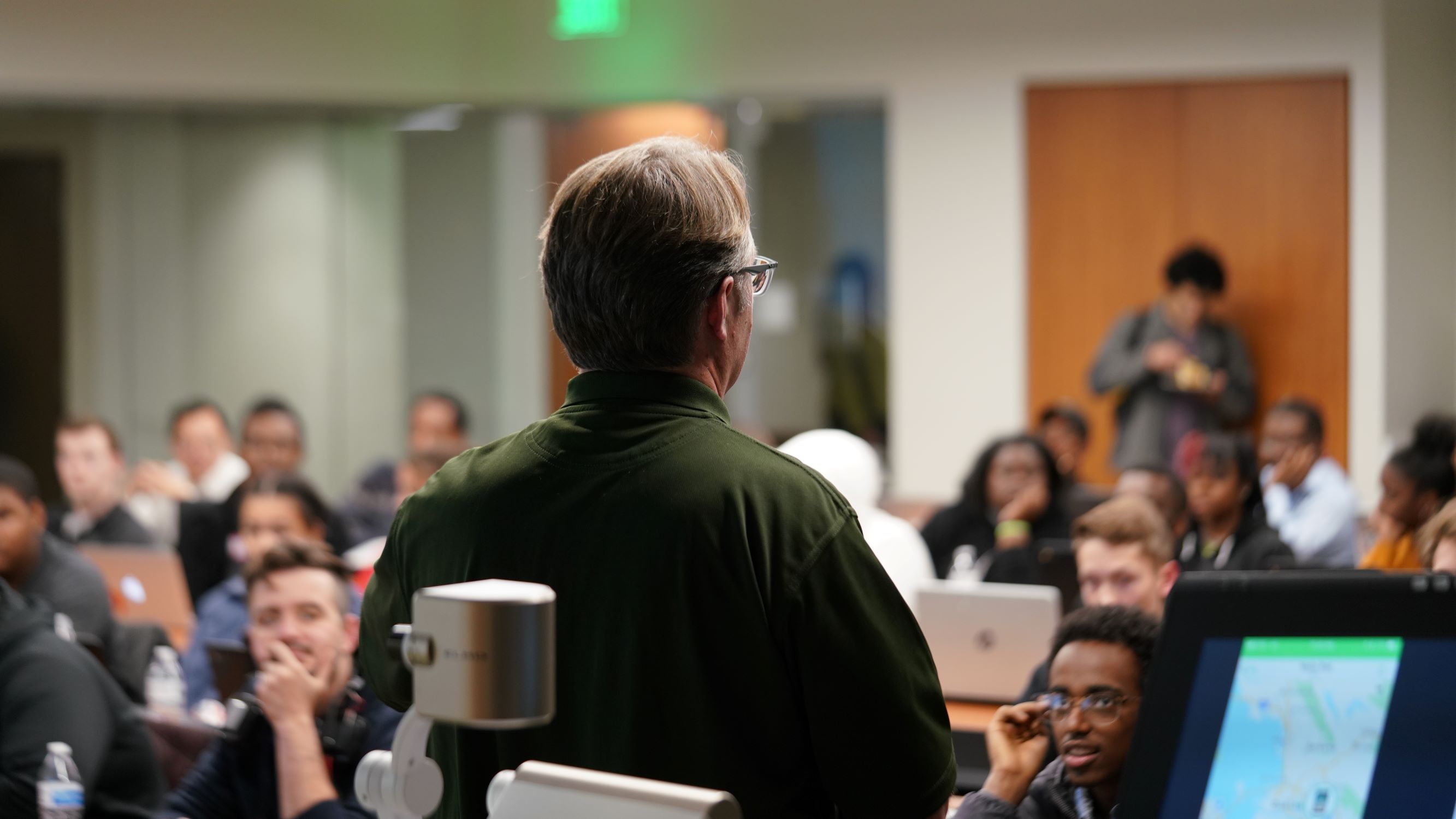 My grandfather’s occupation was servicing elevators for a national elevator company. As a teenager I remember going with him on a few “trouble calls”, as he referred to them. He was usually responding to an elevator stuck between floors or a door that wouldn’t open.
My grandfather’s occupation was servicing elevators for a national elevator company. As a teenager I remember going with him on a few “trouble calls”, as he referred to them. He was usually responding to an elevator stuck between floors or a door that wouldn’t open.
During my grandfather’s career, elevators were analog creations of switches, relays and breakers. He could visualize each of those mechanical parts in operation, not just physically but schematically.
When the new computerized elevator models came out my grandfather knew it was time to retire. He was lost in the world of binary language, if_then statements and CPU programming. It was all too abstract for his mechanical mind.
Here are a few emerging ways of leading with technology that may seem abstract to traditional leaders. Today’s leaders will have to embrace these new technologies or be prepared to go into retirement like my grandfather.
Lead a distributed team
A distributed team is a geographically separated but digitally connected team.
Your future best employee may be living in another state or different country with no intention of relocating. That’s no problem with web-based technologies like Sqwiggle and Trello which allow distributed teams to stay connected and on the same page.
These technologies are cheap for large organizations ($9 to $12 per user/mo.) and free for small organizations. See how Buffer is operating a 12 person global team using these technologies.
I worked for a church on a distributed team for several months creating social media content and promoting live-streamed services. It was ideal because my “outsider” input provided a different perspective regarding their online presence.
Don’t buy into the myth that you have to be with a person in flesh and blood to really be on a team. If working with a team digitally feels artificial, then embrace the abstract and learn some new technology.
Work from the cloud
Gone are the days of saving documents and files on individual computers and sharing them through group emails. It’s better to share files through cloud based management sites like Google docs or Hackpad.
These sites allow for collaborative document editing. As a document is revised the latest version is available to all members. Hackpad allows member-specific color coding to show who contributed which portions.
Even if your organization currently has a handle on old-fashioned email file sharing, you need to ensure that documents and files don’t leave with a departing employee or end up in hard-drive purgatory. I was part of an organization that spent a whole day searching on old computers for a document that was saved three years prior. Talk about loss of productivity, “Hold my calls and appointments. I’m reminding myself how to search on Windows 97.”
Converse on social media
If you’re the nonprofit leader (Pastor, Principal, CEO) who is on Twitter, Facebook and other social sites but you only comment occasionally, then you are training your people to ignore important conversations. Provided your organization is doing notable work, then you are being talked about on social media. The occasional tweet is not conversationally engaging. As I’ve said before, it’s social media not selfish media.
Why should you engage? Because the future of customer/member satisfaction is social media. Don’t bother with comment cards or satisfaction surveys. The surest way to know what your members are thinking is to engage in conversation on social media.
Tools like Sparkcentral help you maintain customer/member support by alerting you when your organization is mentioned on Twitter. Help Scout keeps customer emails in a thread and allows multiple employees to reply to a customer question so the best informed response can occur.
Whatever you do, don’t fall asleep at the social media wheel. One of my clients reached out to secure my consulting services after they discovered a multiple-member argument had gone unnoticed on their Facebook page for weeks. Ignoring your social media channels not only makes your organization look out-of-date but it can be harmful.
The smart leaders of today are those who can venture beyond their “analog” understanding of organizations to learn the technology that currently seems abstract but will one day be as normal as a digitally controlled elevator.







